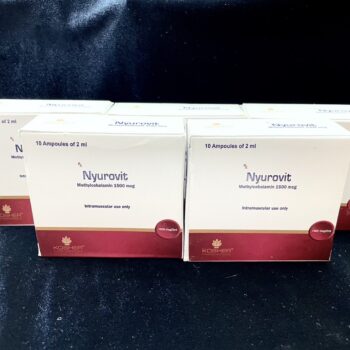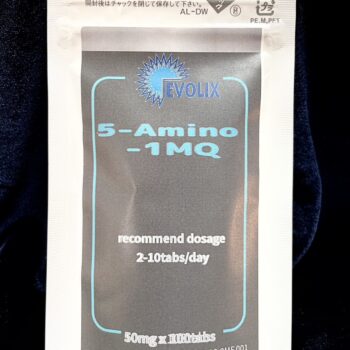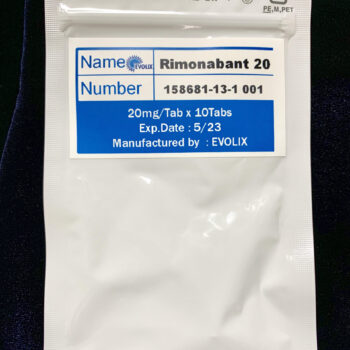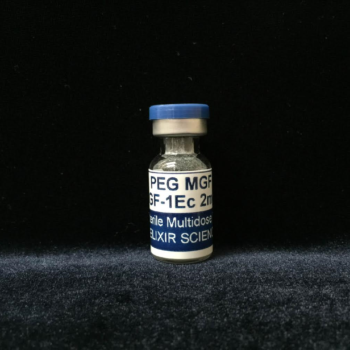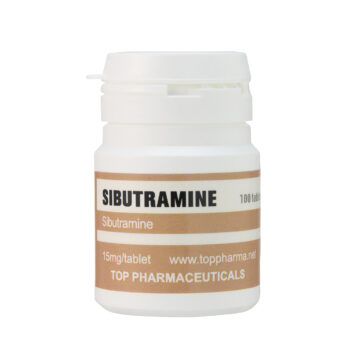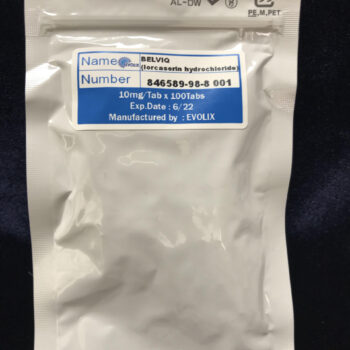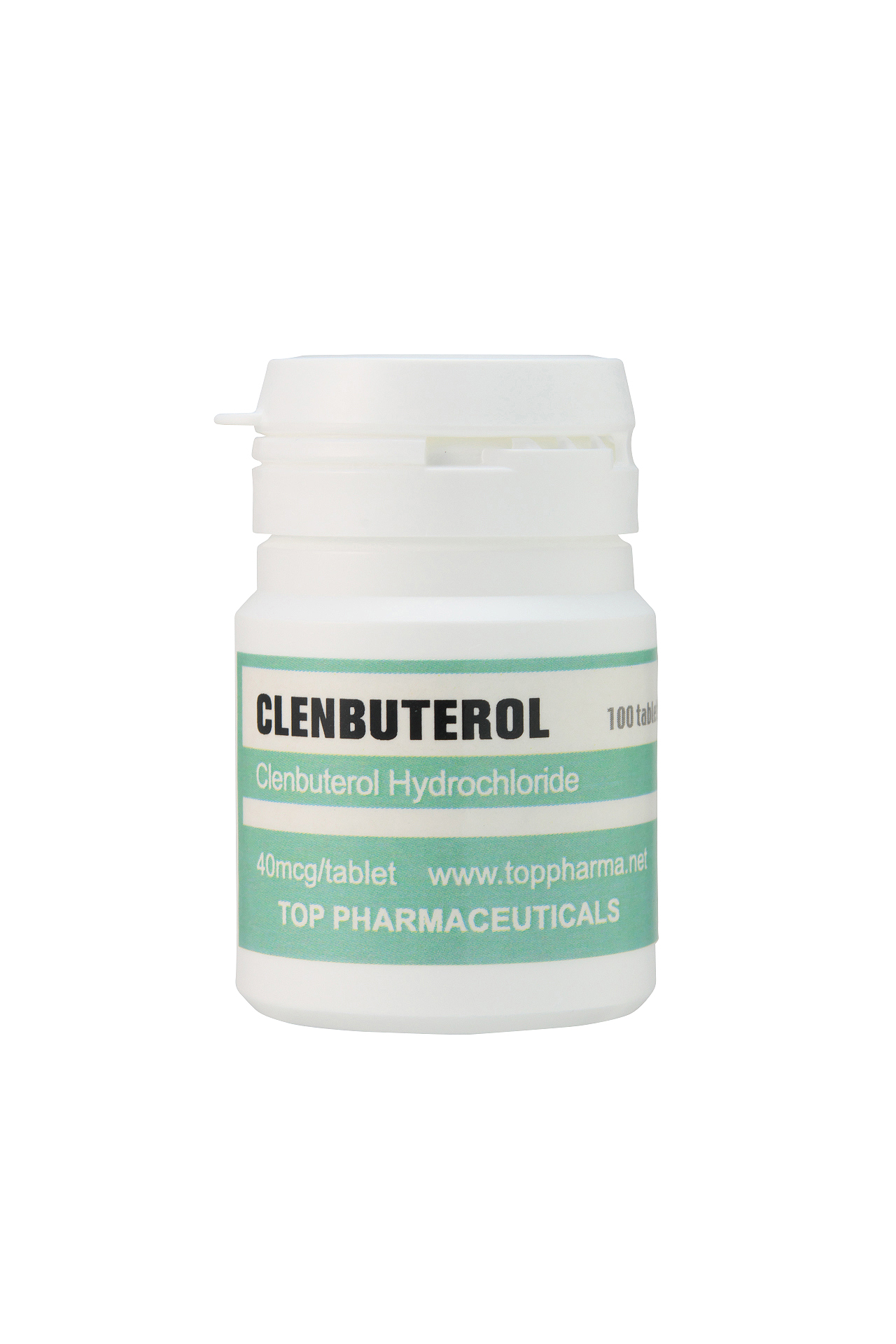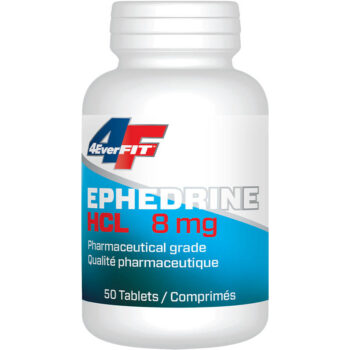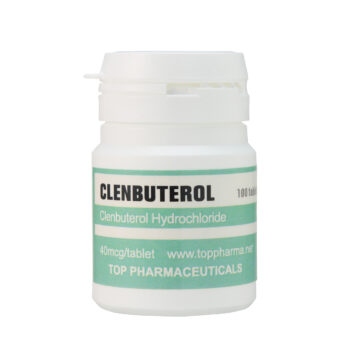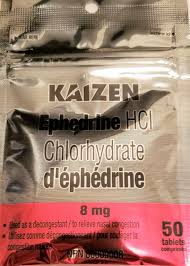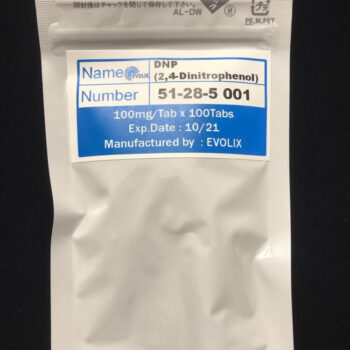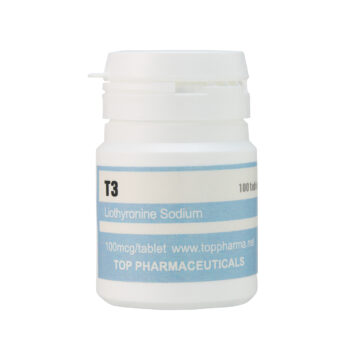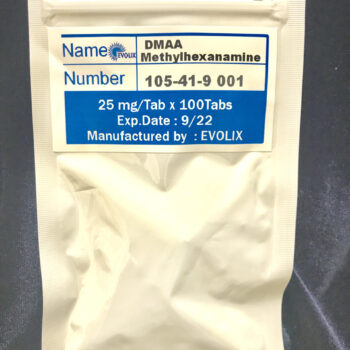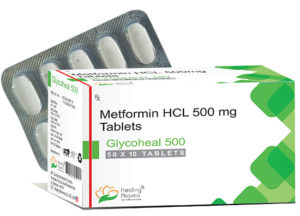クレンブテロール(40mcg×100錠)(上)
クレンブテロールの歴史と概要
クレンブテロールはアナボリックステロイドではなく、交感神経刺激薬と呼ばれる化合物の分類に属する刺激剤です。この分類(または「ファミリー」)には、カフェイン、エフェドリン、アルブテロール、アンフェタミン、コカインなど、一般の人がよく知っている他の化合物も含まれます。これは実に広範な薬物カテゴリーであり、このファミリーに属する各化合物は互いに関連しており、多かれ少なかれ多くの類似点を持ち、同様の経路を通じて同様に作用します。クレンブテロールの神経系への作用は、体内の様々な組織や細胞種に存在する副腎皮質受容体との相互作用に関係しています。クレンブテロールがこれらの副腎皮質受容体に結合すると、刺激を受ける組織の種類に応じて、様々な組織種に異なる作用が現れます。特に注目すべき作用の一つは、脂肪組織へのクレンブテロールの作用です。
体内には2つの異なるアドレナリン受容体(α受容体とβ受容体)があり、これら2つの異なるタイプには9つのサブタイプがあります。例えば、α1受容体、α2受容体、β1受容体、β2受容体などです。クレンブテロールと他の刺激剤ファミリーの化合物との違いは、異なるサブタイプ、複数のサブタイプ、あるいは1つのサブタイプに焦点を当てるという、異なる能力にあります。特にクレンブテロールは、β2アドレナリン受容体を非常に強力かつほぼ独占的に刺激することで知られており、そのためクレンブテロールは一般的にβ2受容体作動薬と呼ばれています。クレンブテロールによってβ2受容体が刺激されると、脂肪組織内で脂肪分解(脂肪を遊離脂肪酸に分解すること)が開始されます。このため、クレンブテロールはボディビルダーやアスリートだけでなく、芸能人や、脂肪を落としたい一般の人々にも広く人気を博しています。
Clenbuterol’s original use as a medicine in the prescription drug market was (and still currently is) as a bronchodilator in the treatment of asthma. It is most frequently administered in this manner in asthma inhalers as the primary active drug in the inhaler. The use of Clenbuterol as an asthma medication is primarily a European medical practice, and in North America, Clenbuterol’s close sister compound Albuterol is utilized instead. Upon activation of beta-2 receptors in the cell lining of the bronchial tubes, it will initiate bronchial dilation (opening and expansion of the airways) in the lungs, nose, and throat. Almost all sympathomimetic stimulants exert this effect, but Clenbuterol and Albuterol are highly effective in particular for this purpose. Clen has also been used medically in the treatment of other conditions, such as hypertension, cardiovascular shock or slowdown, heart arrhythmias, migraine headaches, allergic reactions and swelling, histamine reactions, and anaphylactic shock.
Although Clenbuterol is a beta-2 receptor agonist, it does exhibit effects on other receptor subtypes as well, with emphasis on the beta-2 subtype. By comparison, Ephedrine is known for stimulating multiple beta and alpha receptors by an equal degree rather than stimulation of one receptor subtype by a large degree. Clenbuterol is said to be anabolic in muscle tissue by many in the bodybuilding community. The truth is that Clenbuterol is only minimally anabolic in muscle tissue, and that this has primarily been found to be the case in animals rather than humans (which also requires a long period of use before any of these effects rise to any semblance of a measurable level).
One important point of note is that through continued consistent use, Clenbuterol will downregulate beta-2 receptors in the body in response to its stimulation of those receptors, and it occurs very quickly. The manifestation of this effect is diminished fat loss during use until the fat loss reaches a complete stop. There are two methods of remedying this effect. The first is to introduce time off from use of the drug (2 weeks minimum). The second is through the use of Ketotifen Fumarate, an anti-histamine drug that is known for upregulating beta-2 receptors. Benadryl has been rumored to have the same effects as Ketotifen Fumarate on beta-2 receptors, but this has found to be simply untrue because although Benadryl is an antihistamine like Ketotifen, it operates on a very different pathway.
CLENBUTEROL SIDE EFFECTS
Being that Clenbuterol is not an anabolic steroid, it does not express or exhibit any of the known side effects that are associated with anabolic steroid use. Instead, Clen expresses side effects that are common to all drugs and compounds in the stimulant class. This means that many Clenbuterol side effects are similar to that of Caffeine, Ephedrine, and other stimulants to varying degrees. Clenbuterol side effects also include those that are considered somewhat unique to the compound that are unseen with other stimulants.
Perhaps the most unique of Clenbuterol side effects is the commonly reported side effect of muscle cramping. This is also a reported side effect of Clenbuterol’s close sibling compound, Albuterol. The cause of this is through Clenbuterol’s depletion of Taurine in the body. Studies have demonstrated that the use of Clenbuterol depletes levels of the amino acid Taurine both in muscle tissue as well as serum blood plasma. Taurine alongside Magnesium, Potassium, and Sodium play very crucial roles in the regulation of bioelectrical nerve impulses and signals that govern the contraction and relaxation of all muscle tissue types. When Taurine is depleted, involuntary and often intense and painful muscle contractions that lead to cramps can result. It has been found that supplementation with Taurine at 2.5 – 5 grams per day can mitigate this side effect.
Being a stimulant, Clenbuterol is particularly harsh on cardiac tissue and the cardiovascular system, though there is some evidence that Clenbuterol can promote muscle growth and cardiac recovery in patients with chronic heart failure using high dosages. However, the peak Clenbuterol dosages used in this study would be considered extreme and should not be attempted by anyone due to the high-risk nature. Myocardial Ischemia has also been reported as a risk of Clenbuterol use, a condition whereby there is insufficient blood supply to the heart as a result of arterial vasoconstriction caused by Clenbuterol. A study on rats unveiled Clenbuterol’s alarming myotoxic effects, where it caused the death of heart muscle as well as the soleus muscle. The dosages in this study, however, would be considered extreme, but it is a concern surrounding the use of Clenbuterol.
When it comes to Clenbuterol and the heart and cardiovascular system, the vast majority of these negative effects involve cardiac hypertrophy, enlargement of ventricles, and cardiac necrosis. Without a doubt, Clenbuterol tends to place a great degree of strain on the cardiovascular system and this should be a consideration for all potential users.
Other common Clenbuterol side effects include tremors (“shaky hands”), insomnia, sweating and perspiration, increased blood pressure and headaches, and nausea. Clenbuterol side effects can also include adverse or unique allergies and reactions such as hives and rashes.
CLENBUTEROL CYCLES AND USES
Clenbuterol is most commonly utilized in cutting, pre-contest, and fat loss cycles. It is very rarely utilized during the off-season or during bulking phases. Some small fraction of Clenbuterol users might elect to use it during bulking phases in a (mostly vain) attempt to stave off fat gain during a bulking period where caloric consumption is much higher than usual, and normally above basal metabolic levels. The truth of the matter here is that those who elect to do this are essentially wasting time and money, as the mechanics of Clenbuterol do not even provide for this effect. As previously explained, Clen is responsible for binding to receptors on fat cells and initiating lipolysis, which is the process of the release of triglycerides stored in fat cells into the blood stream as free fatty acids. These free fatty acids then circulate around the bloodstream throughout the body, and they must undergo the second stage of fat loss: fatty acid oxidation. This means the fatty acids must be shuttled into cells and into the mitochondria to be ‘burned’ off, which cannot occur in any significant amount if caloric consumption is too high.
Clenbuterol cycles can either be run solitarily (with no other compounds) on its own, or stacked with other compounds. Whether or not it is run alone does not change the manner in which Clenbuterol cycles are run. This means that Clenbuterol is either used in the 2 weeks on / 2 weeks off protocol (or for 8 constant weeks with the use of Ketotifen every second week). It is recommended that Clenbuterol not be utilized for more than a 12 week period in order to ensure the body’s cardiovascular and other systems receive an adequate rest from the compound.
CLENBUTEROL DOSAGES AND ADMINISTRATION
As an asthmatic medication in the treatment of asthma, Clenbuterol dosages are in the range of 20 – 40mcg per day.
In order to achieve any significant amount of fat loss, the peak Clenbuterol dosage that individuals should eventually titrate up to should be 120 – 160mcg per day. Females may be able to only tolerate less, in the range of 80 – 100mcg per day.
Whether or not the user is a male or female, the dosage must be slowly titrated (or ‘ramped up’) to the peak dosages mentioned. This means that, for example, an initial starting dosage would be 40mcg of Clenbuterol for the first 3 days, and on the 4th day of the cycle, the Clenbuterol dosage is increased by another 20mcg (now for a total of 60mcg per day), and 3 days later it is increased again, and so on and so forth. Some individuals can tolerate a quicker titration upwards, and others may require a slower steady increase.
Titration downwards is not necessary when ending Clenbuterol use, though some have a personal preference for it.
クレンブテロールの半減期は約37時間であるため、クレンブテロールの全用量は朝にまとめて服用するのが理想的です。クレンブテロールの服用量を一日を通して分散させる必要はありません。分散させると、不眠症や睡眠障害が悪化する可能性があります。
クレンブテロールの情報:
クレンブテロール(別名アストラリアン、クレンブト)
化学名:(RS)-1-(4-アミノ-3,5-ジクロロフェニル)-2-(tert-ブチルアミノ)エタノール
分子量:277.19 g/mol
化学式:C12H18Cl2N2O
製造元:N/A
半減期:36~48時間
検出時間:4~5日
同化作用評価:N/A
アンドロゲン作用評価:N/A

